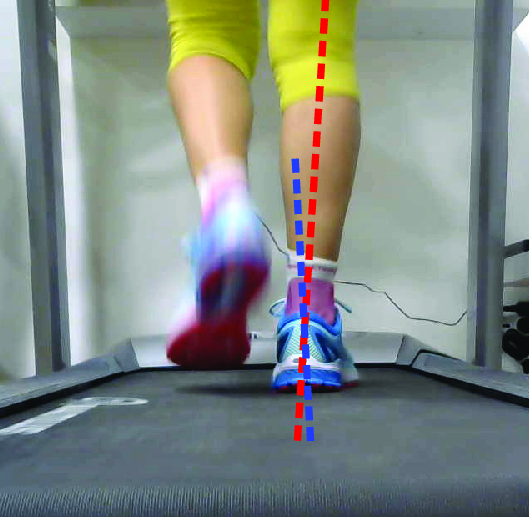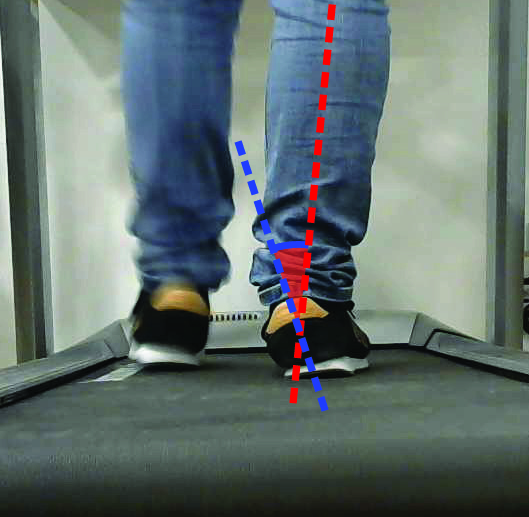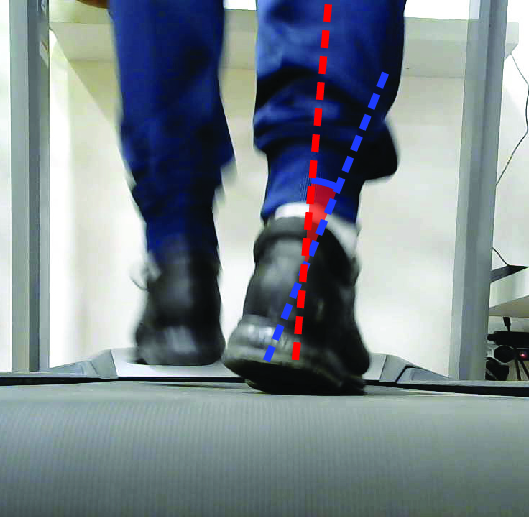Indice dell'articolo
Knee pain is one of the typical problems that occur to those who practice sports (and in particular running) at any level, whether it is practiced competitively or amateur.
Sometimes pain arises, even not very severe pain that, if neglected, can cause to in time much more important problems.
For this reason, if we do not want knee pain to limit our workouts or interrupt them, it is necessary to pay attention to a few but important points.
Let’s start with the basics: What shoe are you using?
In running, unlike other sports where various equipment is needed, the only really important “tool” to pay attention to is the shoe.
I ask you a simple question so you’ll immediately understand what I’m talking about:
Question: Would you ever play soccer with a basketball?
Answer: I’ll leave the answer to you!
In theory you could but in practice you would hurt yourself a lot (and you know it). From the outside they are in fact both balls about the same size but structurally the two balls are very different.
For the same reason that you would not play soccer with a basketball, why would you run in shoes that are not suitable for running? Often the answer to this question is that: either you are “running very little” or that you are “just starting to run” and therefore do not want to overspend.
Often the problem stems from there! If you use a shoe that is not suitable for running then one of the first consequences might be knee pain (in addition to many other possible consequences)
What kind of support do you have?
Have you ever paid attention to the way you rest your foot? If you have never done so, you should do so right before your next run!
During the “roll” of the foot it is indeed physiological to have some degree of pronation, that is, a slight inward rotation of the foot. If this rotation is excessive or insufficient, the foot will rest incorrectly with all the various possible consequences
There are three ways in which you can rest your foot:
 |  |  |
| Neutral The foot rests correctly and has the correct degree of pronation | Hyperpronator The foot rotates inward more than physiological pronation | Supinator Foot does not rotate inward enough thus resting on the outside |
Depending on the type of foot support, it is better to use a certain type of shoe than another.
- Neutral: “Neutral” type shoes (A3)
- Hyperpronator: “Support” type shoes (A4)
- Supinator: “Neutral” type shoes (A3) that are more cushioned
What kind of training are you doing?
The type of training (especially if it is wrong) greatly affects any knee issues. For both the amateur and the competitive athlete, proper planning of training (which is often not done and/or overlooked) is essential.
Indeed, one should set goals and plan training sessions with the aim of achieving them optimally without causing injuries. Do you want to run 1km in the shortest possible time? Prepare for a marathon? Run simply to stay in shape?
The answer to each of these questions will completely alter the type of training you need to do.
In fact, improper training is one of the main causes of knee pain
- You are undertrained: Often due to sedentariness and the inability to have enough time for physical activity, we end up doing the classic jog in the scraps of time without paying particular attention to “how” this is done.
If the body, muscles, cartilage, tendons, and ligaments are not trained, a wrong workout (such as improper warm-up or stretching or wearing unsuitable shoes) will almost certainly lead to the onset of some pain.
In addition, the aging processes at the joints due to age contribute greatly to amplifying the effects of any injury. - You train too much: Opposite situation you have it with the athlete who trains at a pace beyond his or her capabilities.
Okay, while it is true that sport is also about pushing your limits, on the other hand there comes a time when for one reason or another you need to reshape or reduce your training. If the body does not have time to “repair” the microtraumas caused by sports activity these accumulate more and more until the body begins to show symptoms.
Have you had other knee problems in the past?
If you already suffer from any pathology or have had any sprains or lower extremity trauma in the past you may be more likely to experience knee pain.
Traumas, even if overcome, still leave a trace of their passage (such as increased joint stiffness, thinning of cartilage, etc…). Therefore, it is sometimes possible for an old trauma to return in the form of discomfort or even pain. In these cases it is absolutely necessary to take note of the problem and implement all the various measures to prevent the situation from worsening or the onset of new trauma.
In these cases, a medical examination is always recommended and one should never adopt “do-it-yourself” solutions that risk worsening the situation.
Have you ever had a specialist visit?
As mentioned in the previous point, it is important to avoid DIY but always rely on the advice of an expert. Sometimes, in fact, a customized footbed or a few small targeted exercises are enough to be able to avoid the onset of much worse injuries.
Any pathology, if neglected, can cause sometimes irreparable damage to the knee joint making recovery much longer if not impossible.
If you identify (in time) the true cause of knee pain then it will almost certainly be possible to resolve or treat it. A specialist visit to an orthopedic surgeon, or podiatrist will be of great help in this regard because it will help you understand what the real problem is at the origin of the pain.
Conclusions
Always remember that pain is always a symptom of something wrong! Pain is our body’s way of warning us and preventing us from aggravating the situation. Continuing to run without paying proper attention to any pain is definitely the worst thing to do.
This article was originally written in Italian and translated English via deepl.com. If you notice a major error in the translation you can write to [email protected] to report it. Your contribution will be greatly appreciated
